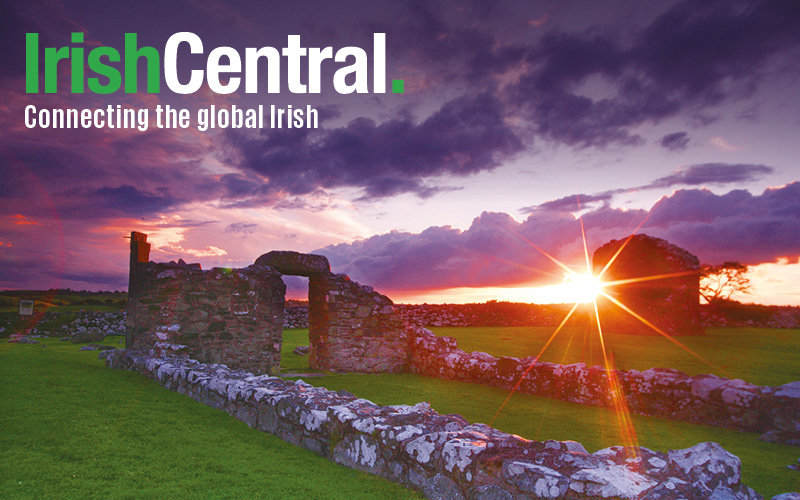The Ireland’s Great Hunger Museum at Quinnipiac University in Hamden, CT has launched a digital database of materials relating to Ireland and its devastating famine of 1845 – 52.
The new database offers students, scholars, historians, and interested members of the Irish diaspora free access to over 1,500 articles and illustrations. They include excerpts from illustrated newspapers and publications such as “The Illustrated London News,” “Punch,” “The Pictorial Times” and “The Graphic.”
“Because photography was in its infancy, these illustrations were how people saw and learned about what was going on in Ireland at that time,” said Grace Brady, the museum’s executive director.
A key part of the museum’s mission is to educate people about this avoidable tragedy in Ireland’s history and the database is another way to do so,” she added.
The database officially launched yesterday, December 16, with a Dec. 16, 1848 sketch from “The Illustrated London News” depicting a starving family that had been dragged from its cottage and forced to spend Christmas in a hole, burrowed in the ground “like otters and snipes.”
The museum acquired the volumes of the pictorial newspapers from Kennys Bookshop and Art Gallery in Galway. Four scholars from the museum worked for over a year to ready the scans for public viewing.
“This database provides a unique insight into the aesthetic, technical and contextual roles of pictorial newspapers in narrating and interpreting the Famine,” said Niamh O’Sullivan, Quinnipiac’s Professor Emeritus of Visual Culture and Curator of Ireland's Great Hunger Museum.
“The value of the database to scholars, teachers, researchers and students, no less than the diaspora, is inestimable. The museum's commitment to Famine scholarship is embedded in this ongoing ambitious digitization program.”
Over the course of the next year, articles from before 1845 and after 1852 will be added to the database.
You can access the database here. Learn more about the Ireland’s Great Hunger Museum, the world's largest collection of visual art, artifacts and printed materials relating to the Irish Famine, here.
Here's a short promotional video for the museum:*Originally published in December 2014.




Comments